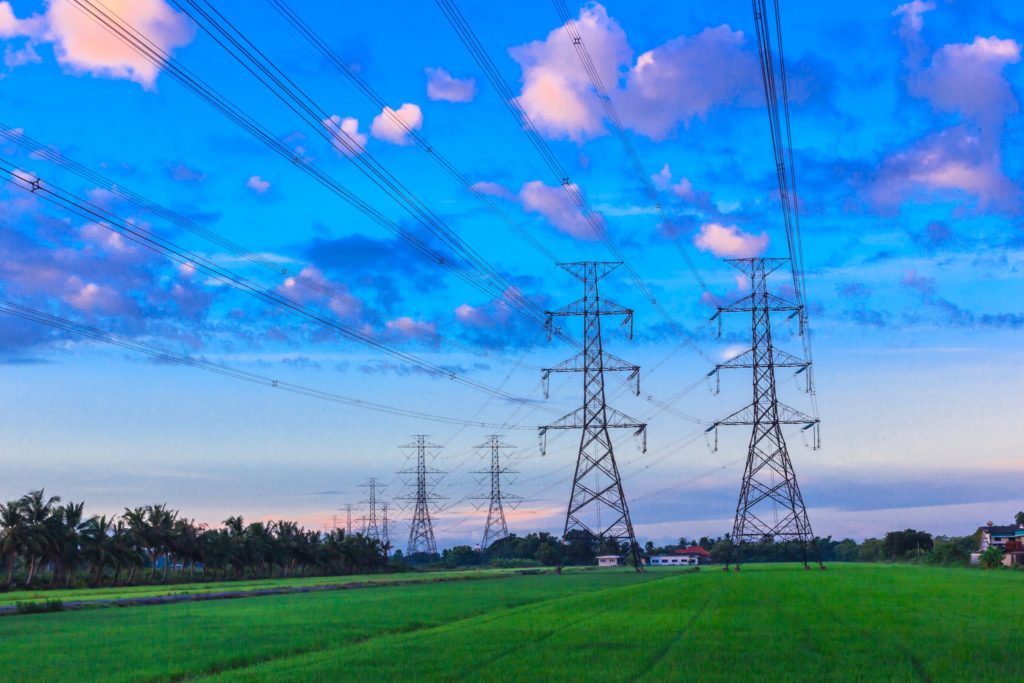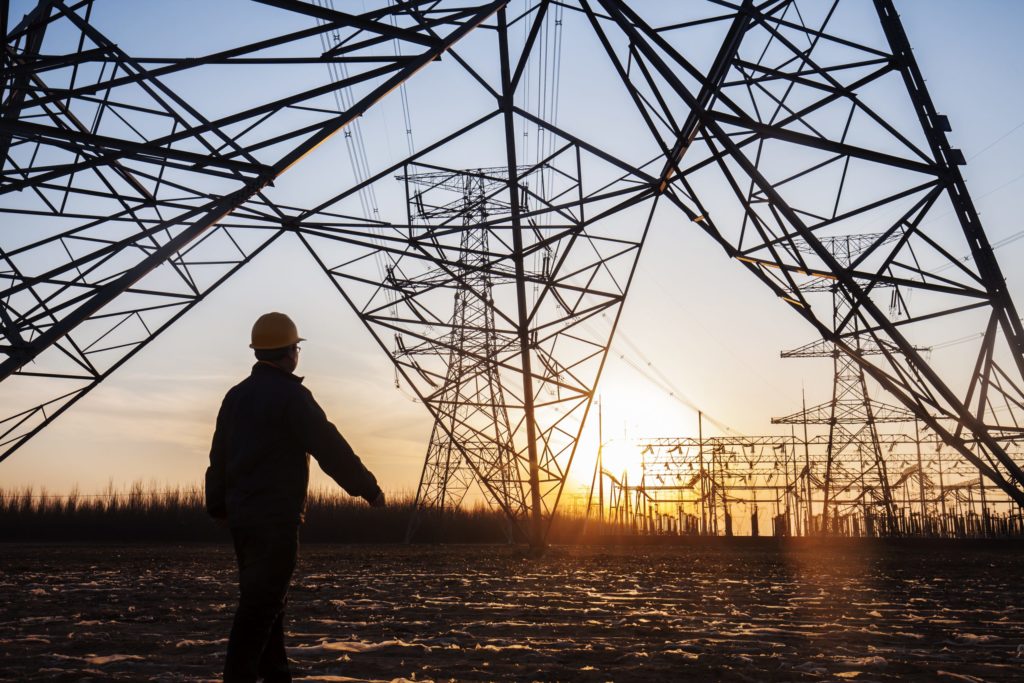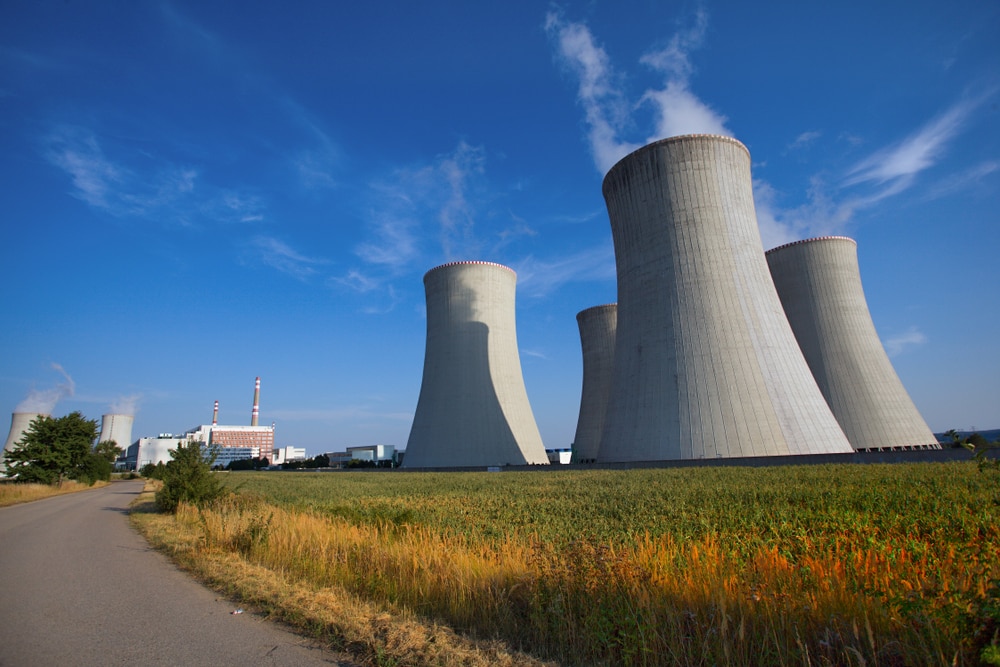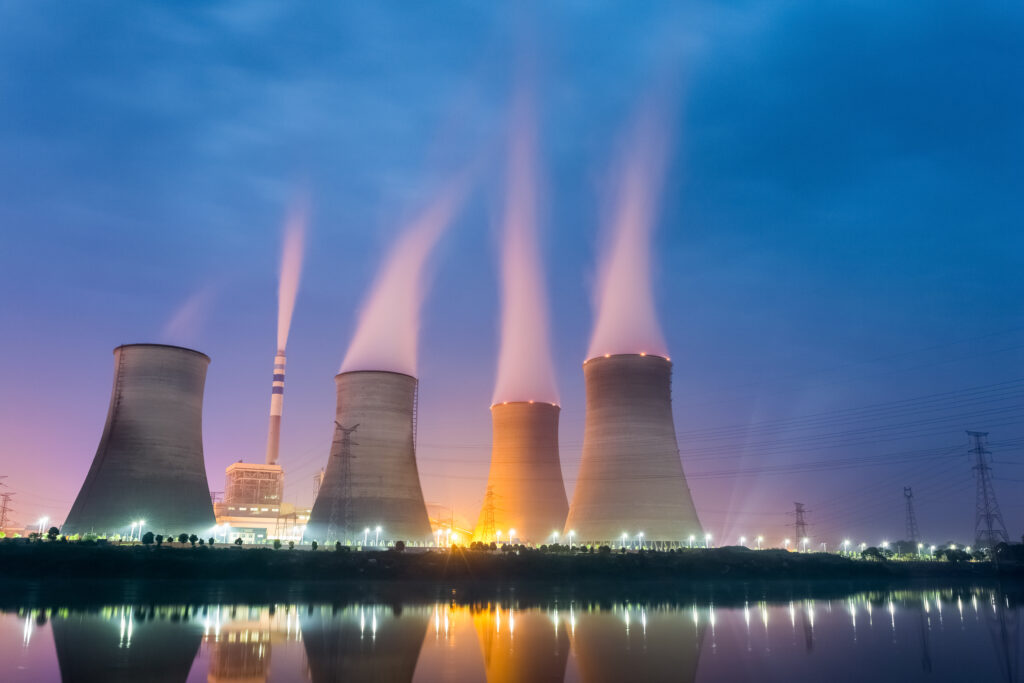Low-Energy Fridays: Are Carbon Credits Worth Pursuing?
One of the best parts about my job is that I get to meet a ton of smart people and have fascinating conversations about policy topics that nerds like me love (but that would likely have an effect like Ambien for others). One chat that has always stuck with me was when I spoke with an expert on carbon credits and offsets, and his off-the-record and anonymous insight was that most people don’t realize the volume of carbon credits that are probably junk. This wasn’t based on any hard science; this was his gut instinct in looking at the huge volume of carbon credits that come from things like renewable energy or forest conservation—things that are very hard to demonstrably prove offer “additional” climate benefit from the purchase of the credit. Personally, I’m bullish on carbon credits because, despite their problems and scandals, they are fixable, and they offer a potential market benefit that isn’t easily replicated elsewhere. I covered this in detail in a recent paper, but here is the gist of how we should be thinking about carbon credits.
A carbon credit is a purchasable credit that allows a buyer to claim that their investment has resulted in some offset or sequestration of carbon dioxide (or another greenhouse gas), usually equaling one metric ton. About half of these credits are from renewable energy projects, and another huge amount come from forest conservation. The benefit of carbon credits is that they’re really cheap (often under $10) and are an easy way to get capital from private investors into climate priorities without imposing costs on taxpayers.
But because so many of those carbon credits don’t seem essential to achieving the climate benefit they claim, confidence in the credits has dropped, and the market seems to be flooded with low-quality credits that depress the overall price. Consequently, capital is steered toward the cheapest credits that also have the least certain benefit, while many genuine opportunities for emission abatement are left unfunded. And because many consumers of carbon credits only care about price, this creates a perverse system where the stated intent of the capital (emission avoidance) is divorced from the utility to the consumer (brand value from carbon neutrality).
The fix, as noted in my recent paper, is to raise the bar for carbon-credit quality. This need not be through regulation; it can simply be through establishing higher standards of credibility under existing governmental and intergovernmental programs that seek to utilize or expand carbon offsetting. The value proposition is significant, with potential emission avoidance increases comparable to total annual U.S. agricultural emissions. This works because the losers under such a system are the purveyors of low-quality credits, and the winners are the ones who could change their emission behavior but are unable to cover the investment costs on their own. Put simply, the benefit comes from reducing fraud in the market.
This type of approach is important because many emission abatement opportunities aren’t easily captured by regulations or subsidies. When there is a profit motive from carbon credits, it incentivizes people to capture investments and emission abatement opportunities that they would not otherwise care about.
While some of my friends may not think carbon credits are worth the hassle, there is a demonstrable and capturable benefit that is achievable through policy refinement. Given the scandals that have occurred in this space, now is as good of a time as ever to get the policy priorities right.








